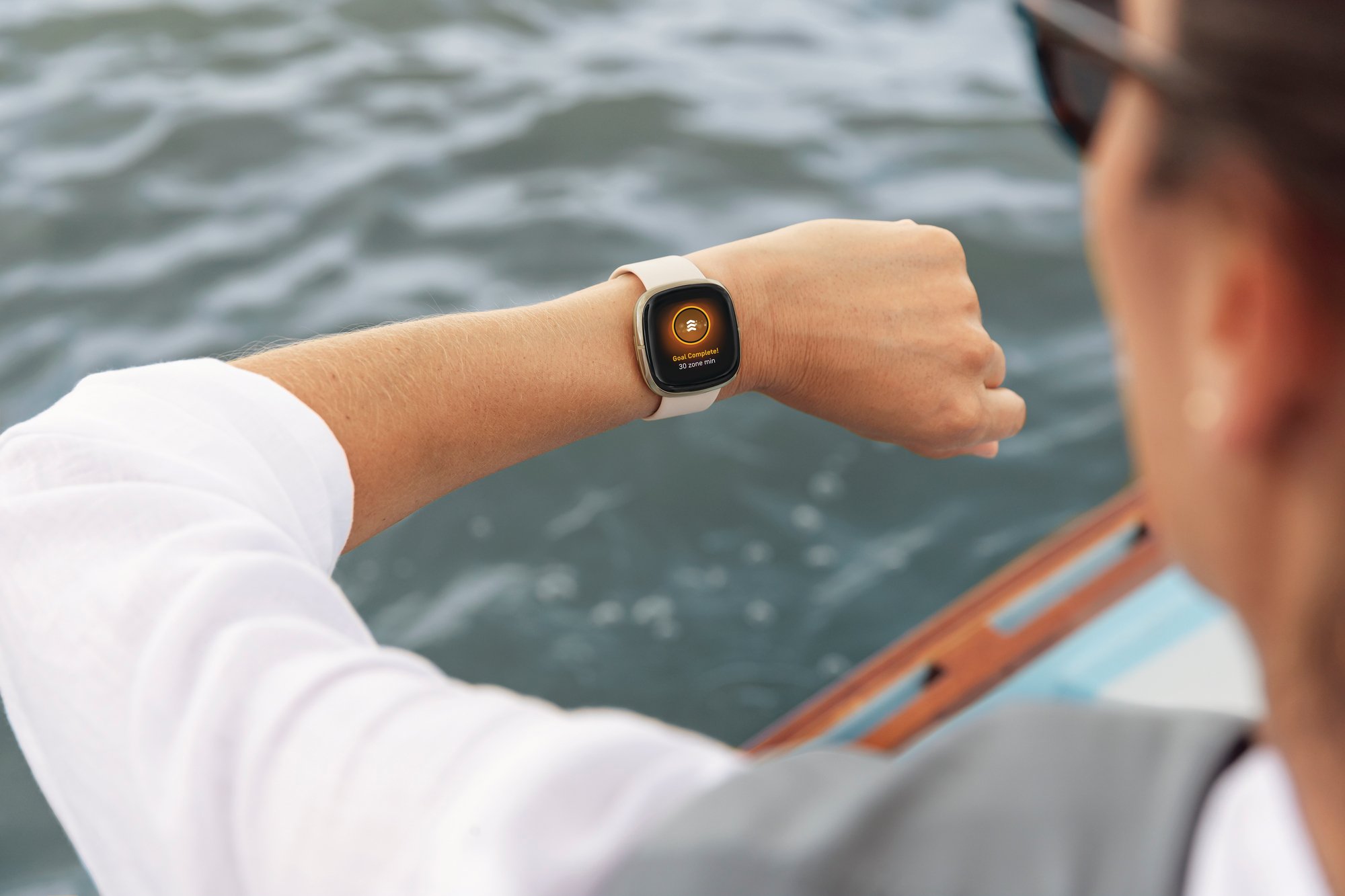Fitbit (FIT +0.00%) is still sorting out the fast-evolving wearables market where it was once the industry pioneer, but the company has seen more nimble and able rivals pass it by. As Fitbit heads into its first-quarter earnings report scheduled for Wednesday, May 1, investors will be looking for signs it can regain its spark.
In a market where where wearable devices can cost more than a smartphone, Fitbit is hoping to lead the affordable end of the market. Let's see what investors might expect from the wearables specialist.

Image source: Fitbit.
A history to be wary of
Fitbit management previously provided a broad range of guidance on sales for the first quarter, saying they expected revenue to grow anywhere from 1% to 8% from the year-ago period. This suggests management isn't sure how the public will respond to its new products, including the Inspire and Inspire HR trackers, as well as the Versa Lite smartwatch.
With good reason, too, because Fitbit's sales performance hasn't always been inspiring. It posted seven consecutive quarters of falling year-over-year revenue, followed by anemic gains in last year's third and fourth quarters of 0.3% and 0.1%, respectively. That would make even 1% growth a big improvement, whereas 8% would be knocking it out of the ballpark.
Wall Street is also looking for Fitbit to post wider losses of $0.22 per share, down from the $0.17 loss posted in the year-ago quarter.
The right products at the right time
Yet Fitbit is well-positioned to achieve its goals. The latest iterations of devices the company revealed last month have smartwatches leading the way but with fitness trackers remaining an important component of the lineup. Fitbit sold 5.6 million wearables in the fourth quarter and became the second largest smartwatch maker.
CEO James Park said in March, "With our newest products, we're delivering high-quality, easy-to-use wearables that are more affordable, so getting healthy can be accessible to people of all ages and activity levels -- even those who have never tried a wearable."
By making its devices affordable even if they lack some functions (the Versa Lite Edition, for example, costs $160 but cannot save music), Fitbit gives a sleek, budget-friendly solution to consumers who've balked at $1,000-and-up smartwatches from Apple, Samsung, Garmin, and other competitors.
Product introductions last year allowed Fitbit to grow its base of active users 9% to 27.6 million, giving the company a large customer following that it hopes to monetize with new premium content. Fitbit also hopes to grow its health services software that it acquired with Twine Health a year ago, believing the 8% top line growth the Health Solutions business achieved in 2018 will accelerate this year with revenue hitting $100 million. That would still be just a small percentage of Fitbit's $1.5 billion top line, but the business has plenty of room to run.
An eye on the future
The average selling price of Fitbit devices decreased last quarter to $100, a 2% decline, because the company added the lower-cost Charge 3 to its lineup. Fitbit also saw profit margins contract as its product mix shifted heavily to smartwatches, which carry lower margins than trackers.
But being the low-price leader means Fitbit can make up in volume what it gives up on each individual unit, positioning it for better, long-term health. It can afford to do so, because its balance sheet is solid with over $723 million in cash and equivalents and no real debt to speak of.
As its new, improved business unfolds, Fitbit has a lineup of competitive products that should find a ready market. But some of its best opportunities like the premium content for its user base won't take hold until the back half the year. That may leave the front half and the first quarter a little light, and investors may not see Fitbit in as good a shape as they hoped. Patience, however, should pay off in the end.





